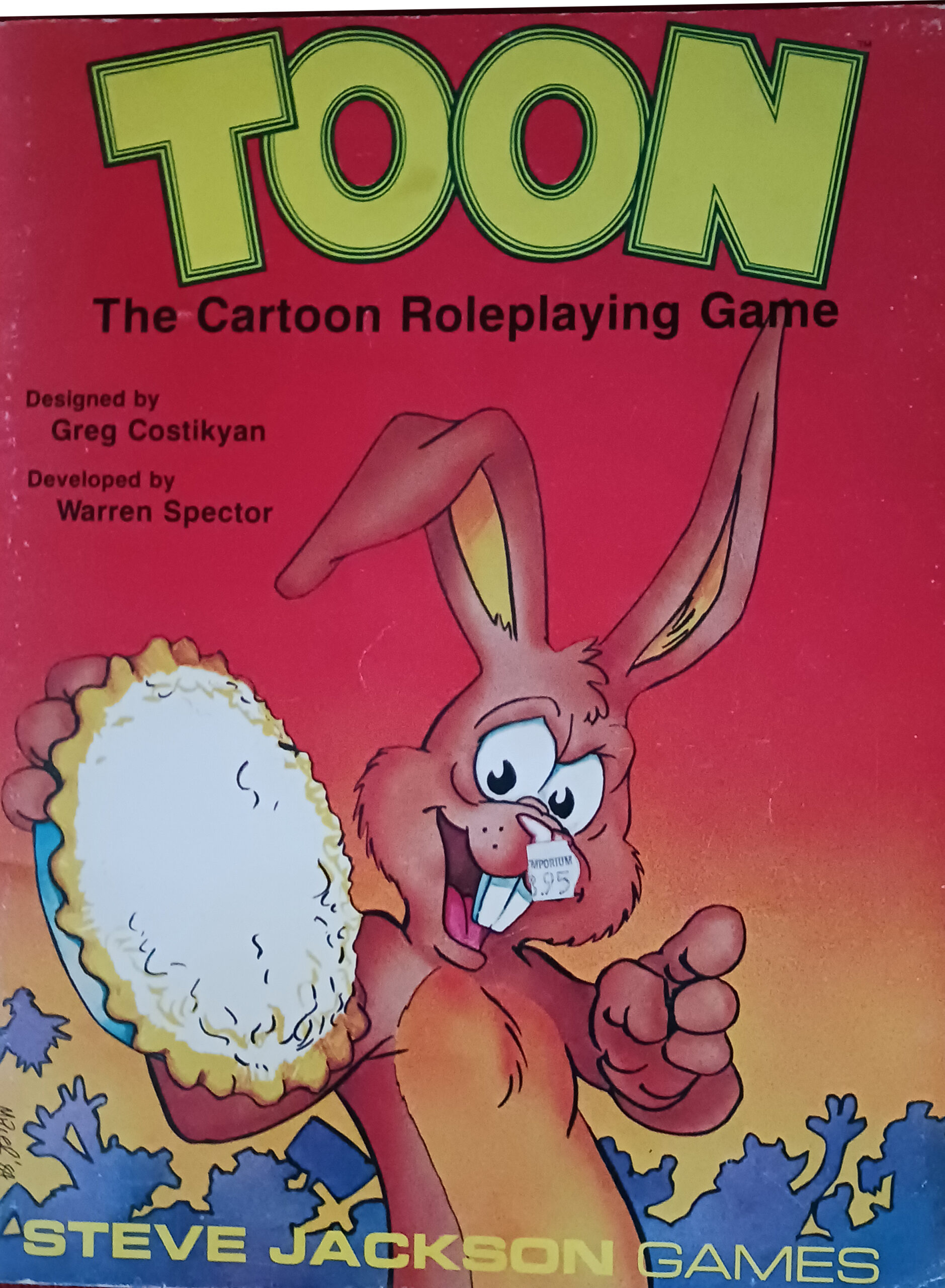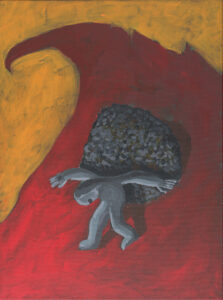by Jason Campbell and Steph
Today’s post is co-written with guest author Steph. Steph is a parent to an awesome kid, an engineer and professor, and a major TTRPG, Star Trek, Dr. Who, etc geek who loves making, writing about, and running games and stories for others. They run the TTRPGkids website, which is a free resource for parents, teachers, and caregivers to learn about running tabletop RPGs for kids, and they write their own all ages games too!
Jason: If you’re the game master in any role-playing game, you understand your role of managing the game story and mechanics. But when you’re running a game for new younger players you have multiple jobs: you are the game master and also a teacher. The teacher role means that you are explaining the game and how to play it, and also managing a group of young people. Managing the group includes accounting for everyone’s attitudes and communication style.
Fortunately you don’t need to be a trained educator to teach and run a successful role-playing game. You just need to be understanding and patient.
Help with player introductions
Jason: First, introduce the players to each other. You will inevitably have some players who aren’t comfortable introducing themselves, so you can do short introductions and allow any players who want to, to add a bit to that introduction.
Steph: Another technique that can help is asking specific questions so kids aren’t searching for answers. Something like, “what is your favorite TV show or book?” can tell a lot about someone while being a bit easier to manage.
Establish expectations
Jason: One thing you need to emphasize in the first few games for younger players is that RPGs are team-based games, so the expectation is that the players work together. I always state this at the beginning of the session and several times during the game session. Games where some players oppose others may work with a group of experienced adults, but they can be especially frustrating for younger, less experienced players.
Steph: Comparing the game to a team sport, like soccer or baseball, can be a good way to explain how a collaborative tabletop game works. Your characters have different strengths and weaknesses, which is a bit like covering different parts of the sports field. You all have to work together to succeed, and if someone on the team starts working against the others, it won’t be as much fun.
Introduce role playing elements gradually
Jason: Many younger players will be new to the idea of role-playing so you will be teaching them how RPGs differ from traditional board games. It will be difficult to get them to make decisions based on their character instead of their own instincts. You can encourage role-playing with prompts.
Steph: When I started playing tabletop RPGs with my kid, it was almost entirely prompt-based storytelling. It got him used to being able to change the story… and now he comes up with everything on his own without prompting. Asking those questions in the beginning really helps build the foundation for later.
Help build a solid character over time
Jason: You won’t get a lot of long involved back stories from players new to the game and you don’t need to force that. Players will want to jump into the adventure, so let them do that. Ask them a couple of basic questions at session zero such as “Where is your character from?” and “How many family members do you have?”. Then, open each session by asking a question about each character such as “Why did you become an adventurer?”. In this way the players build a character little by little. Then when it comes time for a player to make a decision you can frame a question such as, “As an elf who grew up on a remote farm, what are you going to do?” Building on the players’ creations will promote role-playing.Steph: Asking questions over time lets kids figure out who their character is by doing and actually playing that character, so they tend to get something more natural and aligned with what they want to explore than if they came up with the whole story in the beginning. Not only does it let them slowly get introduced to RP, but it gives them the freedom to figure out who their character is over time instead of being put into a bit of a box by the initial backstory.
If you’d like to follow Steph’s work make sure to subscribe to the TTRPGkids monthly newsletter to stay up to date on the latest reviews, tips and tricks, game and podcast list updates, and more! Thank you for playing tabletop RPGs with your kids and sharing this awesome hobby with the next generation!




Thank you for having me on the site as a guest and being part of the post!